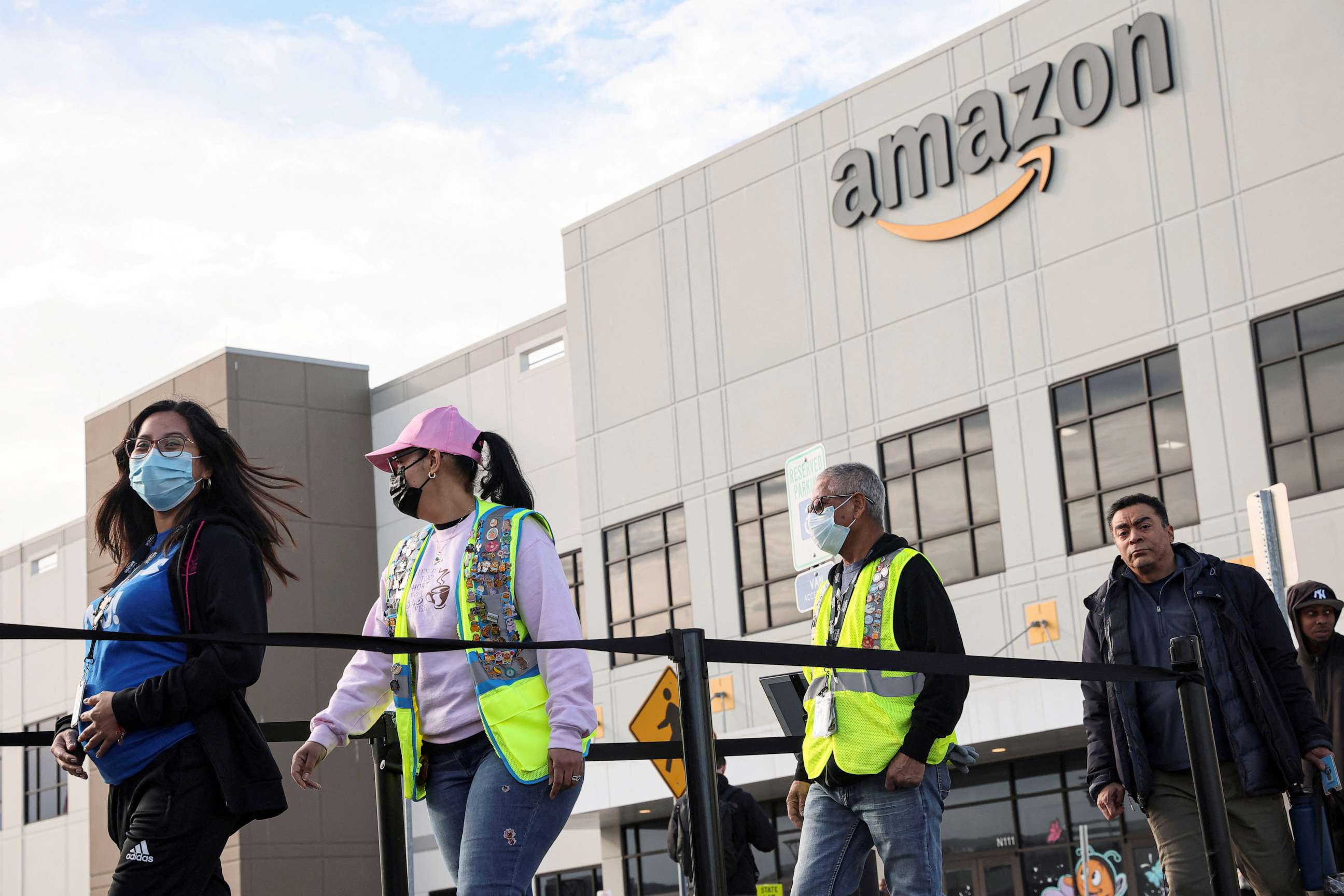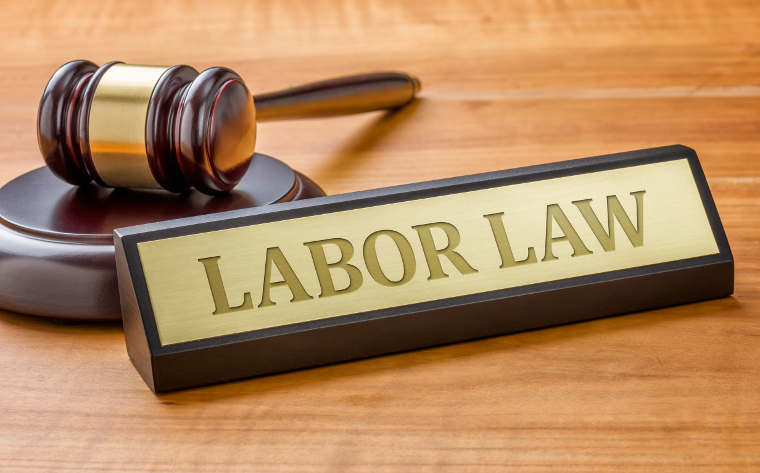When evaluating Amazon's course of action, several approaches can be considered, each based on a different ethical framework: teleological, deontological, and virtue ethics.
Teleological Approach
Ethical Framework: This approach emphasizes the repercussions of actions. Amazon prioritizes worker well-being by minimizing harm while promoting the greatest good for the greatest number of people.
Advantages: Prioritizing worker well-being is consistent with social norms and may improve Amazon's reputation, resulting in improved consumer trust and loyalty. It also encourages long-term sustainability by developing an engaged and productive staff.
Disadvantages: This technique may result in significant financial costs for Amazon, reducing short-term profitability.
Deontological Approach
Ethical Framework: Deontology emphasizes duty and moral obligation. Amazon has a moral obligation to treat its employees responsibly and respect their rights, regardless of the financial ramifications.
Advantages: This method highlights the intrinsic worth of ethical behavior, which helps to create a company culture based on integrity and respect. It underlines Amazon's dedication to respecting universal moral norms, bolstering its standing as an ethical leader.
Disadvantages: Adhering closely to ethical values may prove difficult in a competitive company setting where cost-cutting methods are frequently preferred.
Virtue Ethics Approach
Course of Action: Amazon's company culture should foster virtues such as compassion, justice, and integrity. This includes cultivating empathy for employees, advocating fair employment practices, and exhibiting integrity in all transactions.
Ethical Framework: Virtue ethics focuses on the character and moral virtues of individuals and institutions. Amazon's goal is to establish a harmonious and morally upright environment that promotes employee well-being.
Advantages: This strategy emphasizes developing positive character traits, which can lead to a more supportive and inclusive workplace. Amazon can boost employee morale and happiness by fostering values like empathy and justice.
Disadvantages: Implementing virtue ethics necessitates a culture transformation inside the firm, which might take time and effort.
Analysis
Each ethical framework provides vital insights into how Amazon addresses labor abuses and promotes employee well-being. The teleological method highlights outcomes and society welfare, the deontological approach emphasizes moral duties and obligations, and the virtue ethics approach focuses on the development of virtuous character qualities. A complete approach that incorporates features from all frameworks may result in the most sustainable and ethical outcomes for Amazon and its employees.



The teleological approach, focusing on maximizing outcomes and societal welfare, suggests that Amazon should prioritize worker well-being even at the expense of short-term financial costs. This strategy aligns with social norms and may enhance Amazon's reputation and long-term sustainability.
ReplyDeleteOn the other hand, the deontological approach emphasizes moral duties and obligations, suggesting that Amazon has a fundamental responsibility to treat its employees ethically and uphold their rights, irrespective of financial considerations. While this approach may foster integrity and respect within the organization, it could present challenges in a competitive business environment.
The virtue ethics approach underscores the importance of cultivating positive character traits within the company culture, advocating for virtues such as compassion, justice, and integrity. While this strategy has the potential to create a supportive and inclusive workplace, it may require significant effort and time to implement effectively.
Overall, synthesizing elements from each ethical framework could lead to a holistic approach that balances financial considerations with moral obligations and the cultivation of positive organizational values. This integrated approach may offer the most sustainable and ethical outcomes for Amazon and its employees.